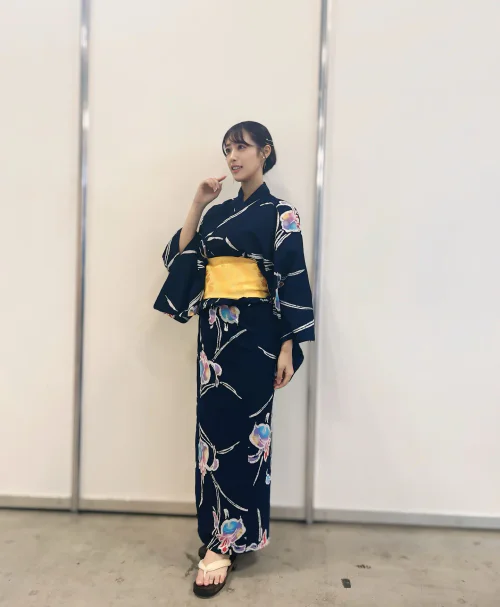Traditional clothing encompasses garments that are rooted in cultural heritage and are often worn to celebrate or honor one's heritage, traditions, or customs. These pieces hold significance beyond mere aesthetics, symbolizing history, values, and identity.
What styles/varieties are available?
Traditional clothing comes in a diverse array of styles, reflecting the rich tapestry of cultures worldwide. From the elegant kimono in Japan to the vibrant sarees in India, or the intricate embroidery of Mexican huipil, each traditional garment showcases unique craftsmanship and design elements that are specific to its cultural origins.
How to style/pair it with other items?
When styling traditional clothing, consider blending elements of modern fashion with the traditional piece to create a contemporary fusion look. For example, pairing a traditional embroidered blouse with modern denim jeans or mixing traditional accessories with a more casual outfit can create a balanced and fashion-forward ensemble that respects the garment's cultural significance while adding a modern twist.
What occasions is it suitable for?
Traditional clothing can be worn on a variety of occasions, ranging from cultural celebrations and festivals to formal events or casual gatherings. Choose the appropriate traditional attire based on the event's formality and cultural context. For instance, a traditional African dashiki might be suitable for a festive celebration, while a classic hanbok could be worn to a formal ceremony.
Care and maintenance tips?
Proper care is essential to preserve the integrity of traditional clothing. Follow specific care instructions provided by the garment's origin or follow general guidelines such as handwashing delicate fabrics, avoiding harsh chemicals, and storing them in a cool, dry place. Consider professional cleaning for intricate or delicate pieces to ensure longevity. Additionally, be mindful of any special embellishments or embroidery that may require extra care during cleaning.
